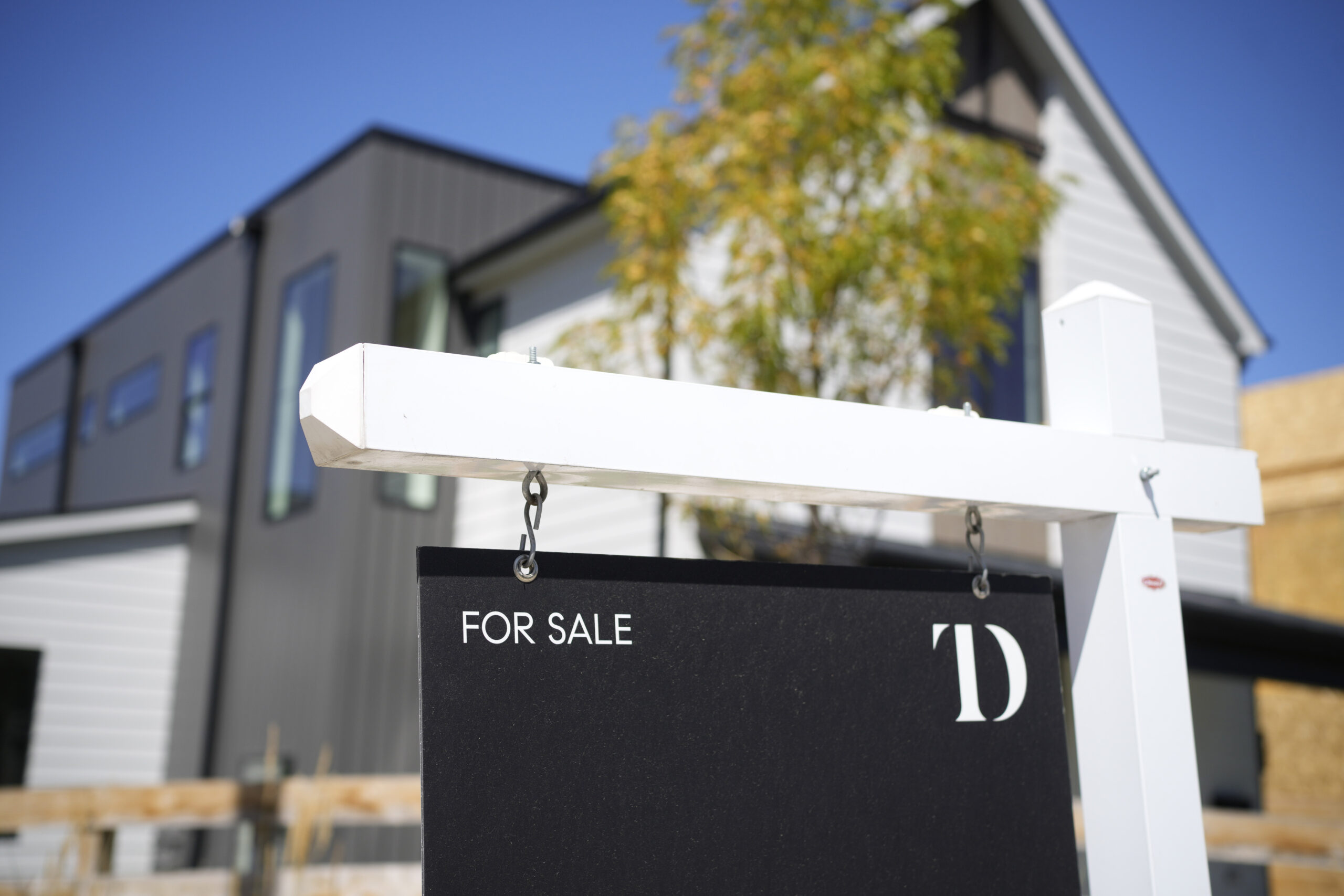The average long-term U.S. mortgage rate climbed further above 7% this week to its highest level since 2001, another blow to prospective homebuyers grappling with rising home prices and a stubbornly low supply of properties on the market.
Mortgage buyer Freddie Mac said Thursday that the average rate on the benchmark 30-year home loan jumped to 7.23% from 7.09% last week. A year ago, the rate averaged 5.55%.
It’s the fifth consecutive weekly increase for the average rate, which is now at its highest level since early June 2001, when it averaged 7.24%. Back then, the median sales price of a previously occupied U.S. home was $157,500. As of last month, it was $406,700.
High rates can add hundreds of dollars a month in costs for borrowers, limiting how much they can afford in a market already unaffordable to many Americans. They also discourage homeowners who locked in low rates two years ago from selling.
The average rate on 15-year fixed-rate mortgages, popular with those refinancing their homes, also rose to 6.55% from 6.46% last week. A year ago, it averaged 4.85%, Freddie Mac said.
Mortgage rates have been rising along with the 10-year Treasury yield, which is used by lenders to price rates on mortgages and other loans.
The yield, which earlier this week neared its highest level since 2007, has been climbing as bond traders react to more reports showing the U.S. economy remains remarkably resilient. That’s stoked worries that the Federal Reserve will conclude that it needs to keep interest rates higher for longer in order to crush inflation.
The central bank has already raised its main interest rate to the highest level in 22 years in hopes of grinding down high inflation, which has cooled considerably since peaking above 9% last summer. Still, inflation remains above the Fed’s 2% target.
“This week, the 30-year fixed-rate mortgage reached its highest level since 2001 and indications of ongoing economic strength will likely continue to keep upward pressure on rates in the short-term,” said Sam Khater, Freddie Mac’s chief economist.
High inflation drove the Federal Reserve to raise its benchmark interest rate 11 times since March 2022, lifting the fed funds rate to the highest level in 22 years. While mortgage rates don’t necessarily mirror the Fed’s rate increases, they tend to track the yield on the 10-year Treasury note. Investors’ expectations for future inflation, global demand for U.S. Treasurys and what the Fed does with interest rates can influence rates on home loans.
The average rate on a 30-year mortgage remains more than double what it was two years ago, when it was just 2.87%. Those ultra-low rates spurred a wave of home sales and refinancing. The sharply higher rates now are contributing to a dearth of available homes, as homeowners who locked in those lower borrowing costs two years ago are now reluctant to sell and jump into a higher rate on a new property. It’s a key reason new home listings were down nearly 21% nationally in July from a year earlier, according to Realtor.com.
The lack of housing supply is also weighing on sales of previously occupied U.S. homes, which are down 22.3% through the first seven months of the year versus the same stretch in 2022.
Home loan applications have fallen five weeks in a row, skidding to the lowest level since 1995 as of last week, according to the Mortgage Bankers Association. At the same time, the median monthly payment listed on home loan applications has been rising. It was $2,162 in July, up 17.2% from a year earlier, the MBA said Thursday.
“With mortgage rates currently above 7% and expected to remain above 6% by the end of the year, affordability will remain a hurdle for many households looking to buy a home,” said Edward Seiler, the MBA’s associate vice president of housing economics.
(AP)











